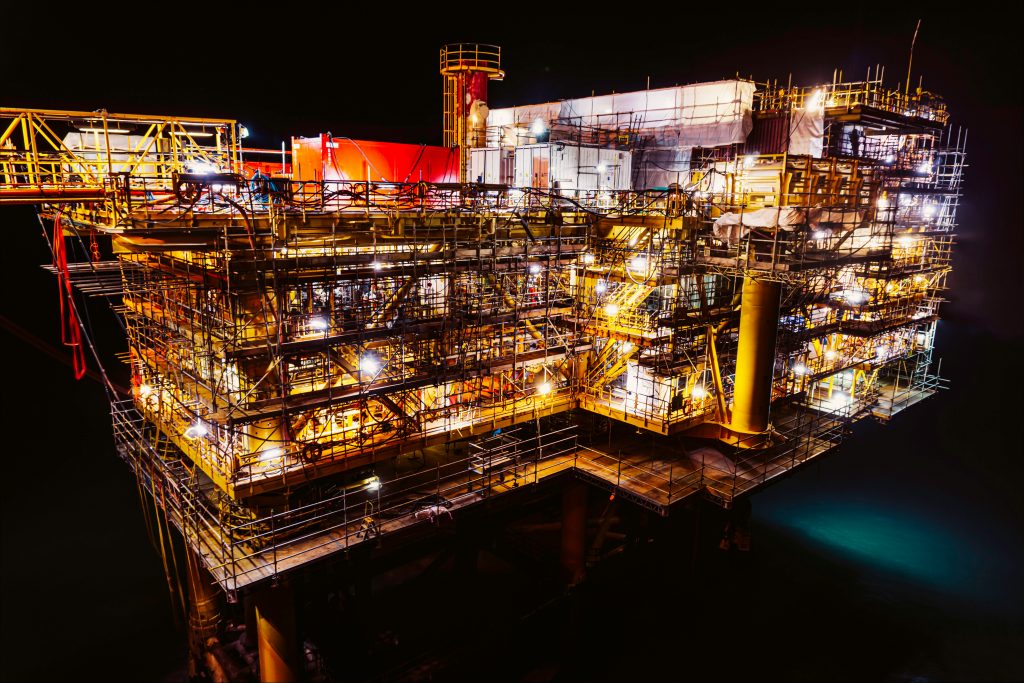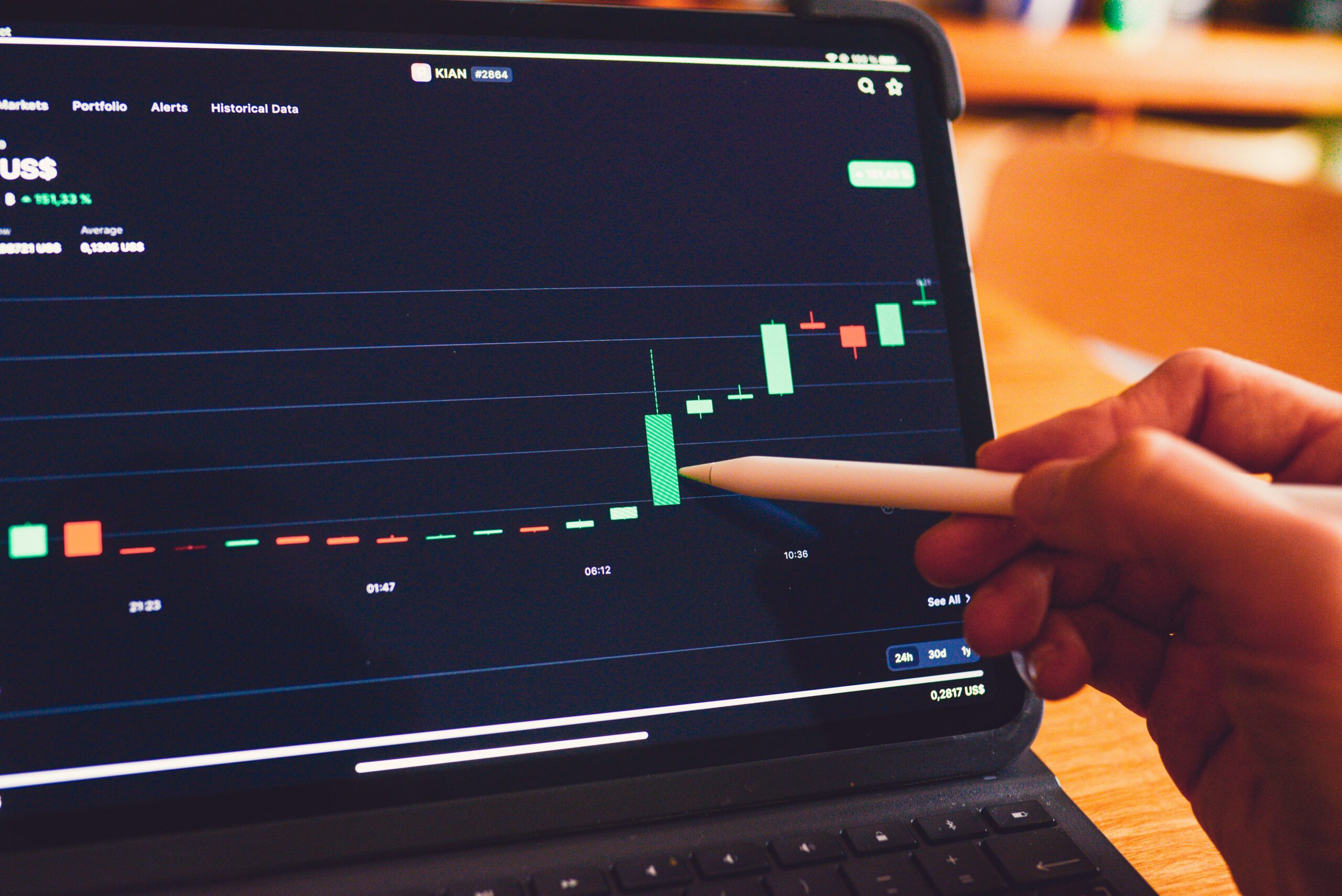In 2020, the company decided to automate this process, successfully reducing the time spent on it from three days to within one day.
Headquartered in Tokyo, MODEC is a general contractor for the engineering, procurement, construction and installation (EPCI) of floating systems for deep-sea oil production. These systems include FPSO (floating production storage and offloading) units, FSO (floating storage and offloading) units, floating liquefied natural gas (FLNG) facilities, tension-leg platforms (TLPs), semi-submersible platforms, mooring systems and new technologies to meet the challenges of gas production floaters.
As largest independent operator of FPSO’s in the world, MODEC specializes in units for offshore deep sea oil production. “Then we either sell it to our clients or own and operate it on client’s behalf for 20 to 25 years,” says Qiurong Chong, Financial Planning & Treasury Manager at MODEC. Her business unit is located in Singapore and handles the conversion and EPCI of the FPSOs. From there, majority of the constructed FPSOs are handed over to MODEC’s business unit in Brazil responsible for the operations and maintenance of the vessels. “Our operations are therefore substantially in Brazil. But we do have presence in Australia, Ghana and Vietnam too.”
Since our functional currency is US dollars, we are exposed to a significant FX risk.
Qiurong Chong, Financial Planning & Treasury Manager

Challenge
Need for automation
As a global company, MODEC deals with a lot of vendors and major equipment suppliers. Chong: “Our vendors are located everywhere. Some are in China, where we usually do our transactions in US dollars. The major equipment vendors are located in Europe, such as Italy, Germany and The Netherlands. Therefore, the euro is one of the main foreign currencies. And since our functional currency is US dollars, we are exposed to a significant FX risk.”
MODEC’s finance department was managing the FX hedging process manually with the use of spreadsheets. By the end of 2019, there were approximately 350 outstanding FX forwards hedging the future cash flows of the purchase orders (POs) associated with MODEC’s projects. “The POs contain the information we need from the vendors for the FX process, including the cost in dollar value, the breakdown of the payment milestones and the expected payment date,” Chong explains.
The PO information was extracted from its system to be incorporated in an Excel overview driving their hedging activities. This was a labor-intensive process and since the expected number of FX transactions increased, MODEC decided to automate this process. Chong: “With Excel you have less control over the data integrity and only a few people had access to the account data. There were quite some governance concerns on this manual spreadsheet. We wanted to improve this process. And as our company grows, with an increasing number of projects running at the same time, the effort that we spend on updating and maintaining hundreds of transactions was too much.”
SAP TRM for straight-through-processing
Previously, all FX forwards were communicated via email, letter or phone and processed through a single cash centre between two banks. Bank accounts exist within each bank for all the currencies transacted, which total around eight for each bank. Monthly valuations are provided by the banks and upon settlement the bank automatically debits and credits MODEC’s bank accounts accordingly. GL journal entries were manually created in SAP. In the coming years, the number of FX forwards is expected to grow to 500 or more.
In the summer of 2020, MODEC Finance decided to implement SAP TRM for the straight-through-processing of FX forwards. Chong: “We asked around in the market about what system they used for their FX transactions. Our accounting migrated to SAP in 2017, which is quite recent. And since our information on vendors and POs are all in SAP, we thought: why not integrate everything together? That is why we decided to choose SAP TRM.”
Solution
Meeting the requirements
Thereafter, the new system needed to be integrated and automated. “We had been working with SAP successfully for some time and they recommended Zanders to support us. We reached out and asked Zanders for a demo. During that demo the team showed us the flow and functionalities that the TRM module in SAP could offer. It met our requirements, and we felt comfortable as Zanders could explain what we did not understand. It is important to be able to communicate with consultants in very simple terms and things that our department could understand. That is why we chose Zanders to support us in this project.”
Chong then asked Zanders to customize a program that could correctly capture the exposure positions and hedge relationships with the FX forward contracts. “Once a new PO is created, it can read that information and integrate it into the treasury module. We had quite some difficulties in trying to make the program to what it should be. The way we use SAP is not very standard, at some points, things got quite complex, but Zanders was able to resolve the complexities. Now the program is running very well. This process is expected to provide hedge accounting documentation under IFRS 9 and generate GL journal entries for monthly valuations and settlement.”
We thought: why not integrate everything together?
Qiurong Chong, Financial Planning & Treasury Manager

Performance
Connected
“We kicked off the project in August 2020 with a key user training, which was very useful – it prepared us well for the whole process. After that we had four weeks of requirements gathering, which was quite intensive but very productive. We had a few challenging areas that required additional effort by Zanders to do some research. Eventually all challenges were resolved, and we went live in February this year, so the project took about a half year.”
The systems are now connected. “So far, the systems are running well. There have been some small issues here and there – then we reached out to Zanders to resolve it. Zanders consultants Michiel and Mart were really very helpful throughout the whole process. Even our hedge accounting entries are done by the system. The automation reduces the processing time from an average of three days to within one day. The main beneficial part for us is that the business has the hedge documentation available from the system. In the past, we spent hours on computing effectiveness for the hundreds of transactions. When we were using Excel, we were only doing this on a quarterly basis. Now we can do it every month.”
Next steps
Are there still any challenges to be met for MODEC Finance? Chong: “We are still trying to stabilize the work process and get the hang of the new system. Once everything is more stable, there are some things we may explore. Automating this FX transaction was a first step for us in the treasury department. We are still doing many other reports manually for our headquarters in Japan. By bringing our HQ onboard this TRM module, we can have a seamless flow of information between us and them, which reduces any lag time and the need for us to extract the reports for them.”





































